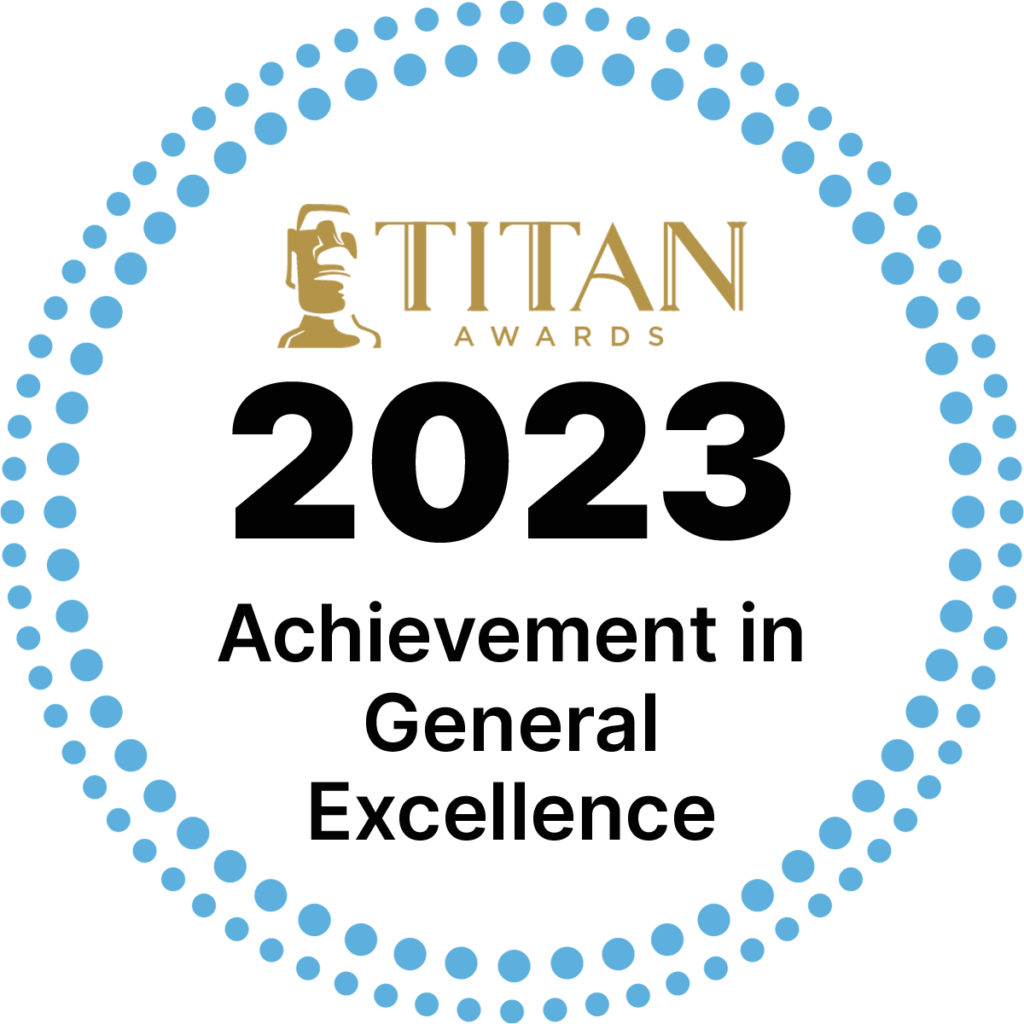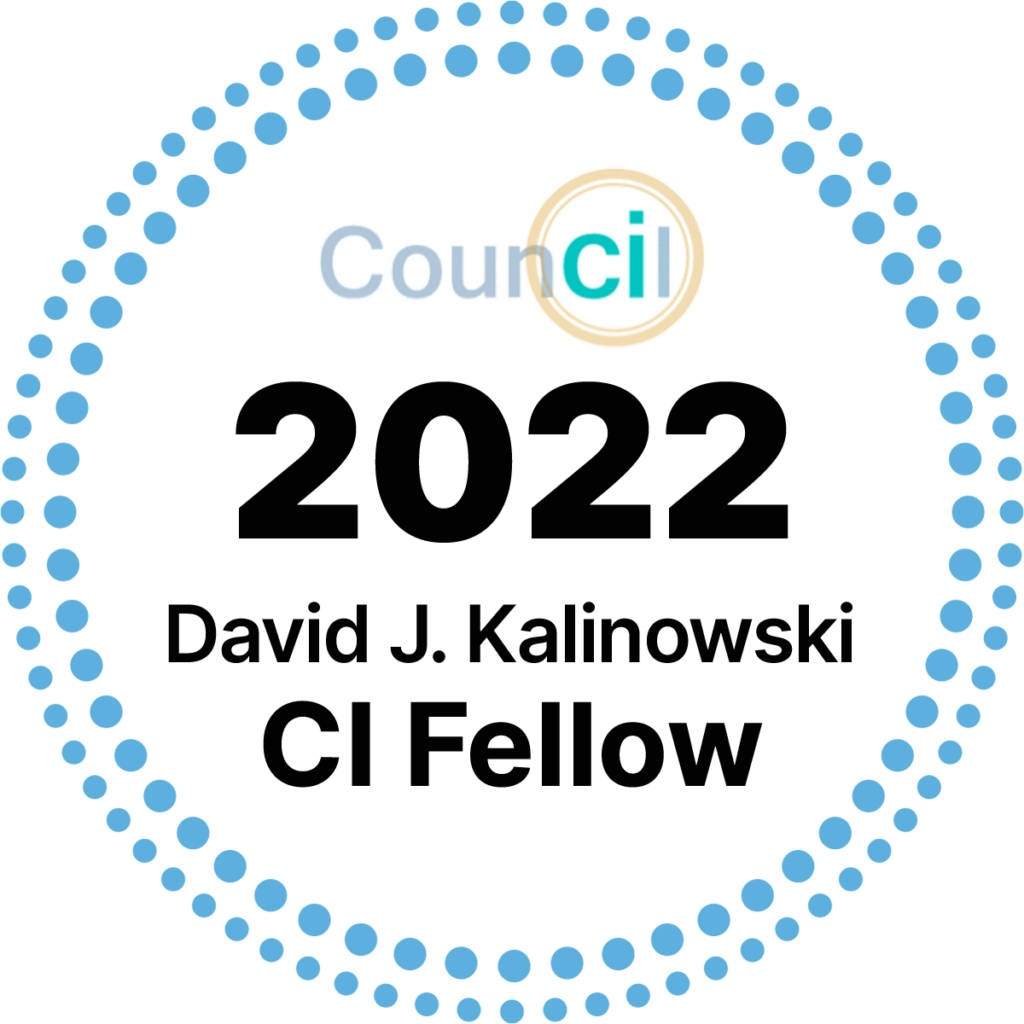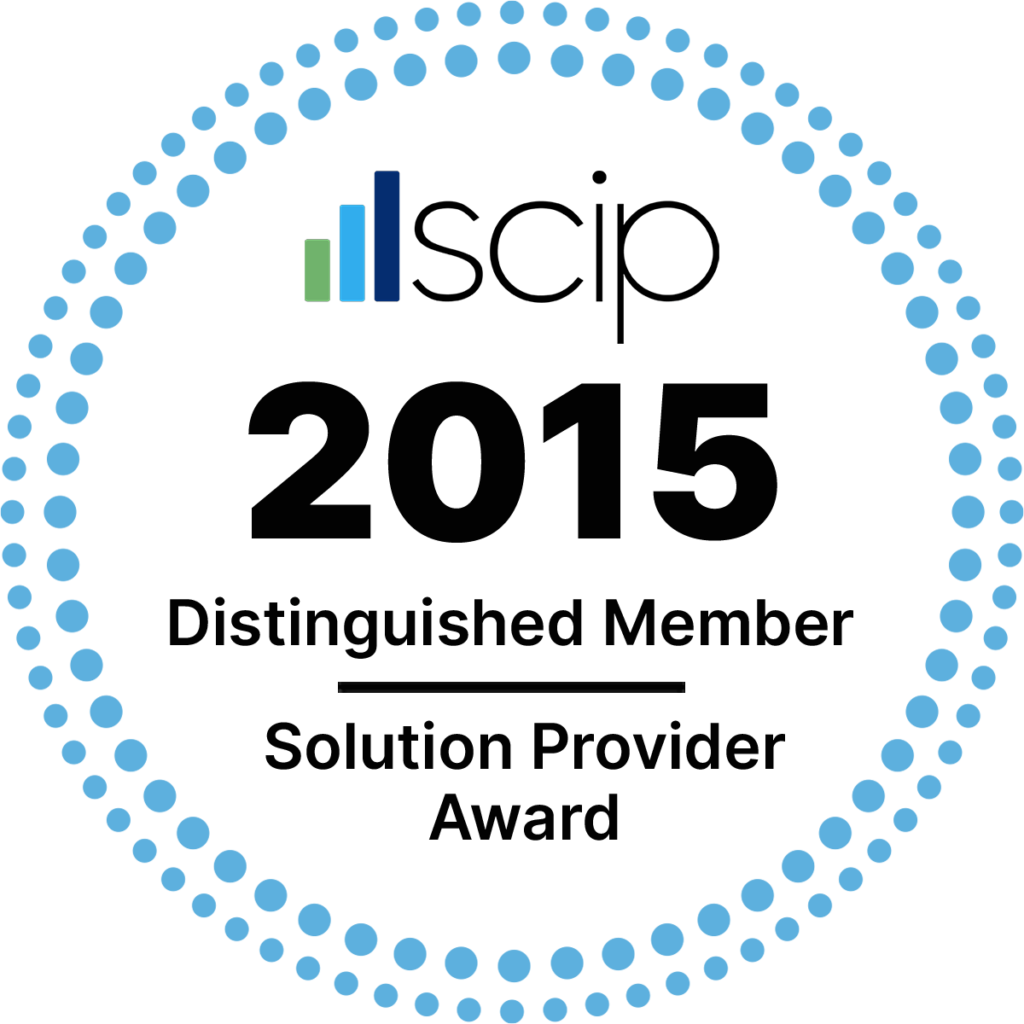Published: September 30, 2019

Win/loss assessments have become a critical input to organizations for their strategic and tactical planning activities. These unique inputs are designed to provide executives with evidence-based insights on what the organization is doing well and where shortcomings exist in an ideally unfiltered manner. “Unfiltered” is often the key requirement for a successful win/loss analysis. All too often, organizations tend to brush off critiques of a product, solution, initiative or offering whether it’s because of politics, internal turf wars or a belief that leadership does not want to hear bad news.
This is why win/loss analysis consulting from external partners can be a beneficial exercise, if not a required one. To assist, we wanted to provide some thoughts on best practices in win/loss programs we use as part of our projects. We feel they are valuable to any organization.
Ask the Tough Questions
In this era, organizations often use very simple online surveys to execute win/loss assessments. We largely believe these fail at providing the detail needed to tell a coherent story. Using basic online surveys also creates an easy scenario for people not to ask tough questions. Why? Because things often sound worse when you read them. When people read, our interpretation of tone in the message is often biased based on our own expectations and experiences.
As a result, it is common for tough questions to get watered down or even removed from win/loss assessments to make it more palatable when in reality it simply reduces the chance of getting real answers.
When you are executing a win/loss assessment, consider the following:
- Add a balance of positive and critical questions and seek balance in when and how you present the questions.
- Asking tough questions often means engaging with customers live. Try to avoid short or basic win/loss assessments. Truncated surveys can provide a false reality. By engaging customers with real people, you can control the tone and method of presenting tough questions and it is easier to get careful but honest answers and critiques. The goal is not to change the narrative, but effective researchers can provide a neutral voice that allows the story to come out.
- Allow the researcher or partner to modify the language as needed. In most instances, they know how to present a question without influencing the results.
- Make sure the most critical questions in the win/loss analysis are not watered down or designed to paint a positive image. Win/loss engagements are designed to find the truth. Sometimes clients like to take a question such as, “What do you dislike about working with company A?” and change it to, “What can we do better to serve your needs?” These do not ask the same question. We want to know which negative sentiments exist.
Involve Those Impacted Early
If a win/loss analysis may impact a function or team, allow them to be a part of the process and start early. You can use outputs to fight internal politics and battles that research functions may or may not always know. Approaching functions with a win/loss concept early, explaining how you will use it and the impact it can provide early on can build trust behind the process.
This step also allows them to provide recommendations and be a part of the process versus “the victim” of it. This improves ownership and ultimately ensures the results are not only heard but also embraced.
Be Transparent
The worst thing you can do when starting a win/loss analysis consulting initiative is to not fully explain how you will use the results and what the process entails. This is a big issue. Sales functions are one of the most impacted groups of win/loss outputs. You need trust early as well as a feeling of safety to start a program with this function.
Outline all of the details — the survey, partner you’re using, reporting frequency, troubleshooting processing, target audience and how to handle critical feedback. Ideally, these will reduce the fear that programs can initially conjure up. This also sets a rule of engagement with leadership requesting the insight. Think of transparency as a charter or agreement between those asking for, and those who may be impacted by, a win/loss assessment.
Seek Direct Quotes
We have learned that no matter the piece of feedback, direct quotes go a long way. This is also why we suggest phone interviews versus cheap online solutions.
When a client sees a direct quote from one of our interviews, it can have a huge impact on the truth and importance of a win/loss analysis. Simply put, they are hard to deny. Quotes provide readers with the ability to hear a different voice or tone. It is hard to reject a finding when the quote is right in front of you. In some rare cases, we have even recorded discussions — with permission — and played excerpts for executives.
Another strategy we have used in providing quotes includes whole sections of a win/loss report that are simply quotes based on the question. We seek to balance positive and negative quotes to make sure that win/loss is not just about the losses or critical feedback.
Phone interviews are key to capturing this. In most cases, respondents don’t take the time to write in detail about what they experienced. They often cut corners and provide minimum feedback unless they are very unhappy with an outcome. When there is no one to probe on a piece of positive or negative feedback, there is no ability to learn about underlying concerns.
Develop Direct Communication to and From Leadership
Whenever possible, work directly with decision-makers on the output and presenting the results. This requires careful planning and wording, but this also ensures the story that needs telling is actually told!
When left to others, those impacted will water-down the results to spin them in a more positive light. Having a direct relationship with the leaders requesting the results and allowing the research partner or research function to provide an unfiltered look often has the highest impact.
Staying close to the customer on delivery is a critical step to creating a win/loss assessment that has an impact.
Provide Suggested Improvements
While we suggest a direct relationship with the leadership team asking for results, working with the impacted teams to provide a preview of the data as well as provide possible solutions — or have them provide suggested solutions — is hugely beneficial.
The surprise of negative feedback is one of the largest triggers for contention. It can set us up for embarrassment and rejection of feedback, and can also prevent meaningful discussions about causes or solutions. For win/loss assessments, none of these behaviors is desired.
Here are some tips on working with functions targeted in win/loss engagements:
- Provide updates that allow them to be aware of potentially negative feedback and what that feedback is. Start with quotes early to build trust. Make sure there is a pattern, and it is not a reaction based on two interviews.
- Provide them a copy of the report before the final leadership team. Indicate that you can’t change the outputs, but the timing allows for a response or solution to the critique.
- Provide suggested solutions. No one likes to hear what they are doing wrong, and leaders are almost always looking for answers and suggestions. Better yet, work on a list of possible solutions to present with leadership together. This is a positive outcome all around.
- If an output is likely to have strong pushback by functions targeted for win/loss assessments, consider having a section of the final report to provide rebuttals or disagreement. This is not an ideal approach, but if there is a battle to take place, it’s important to enable both sides to present their perspective in the open. This may help de-escalate the output emotionally and move toward finding and agreeing on resolutions.
Execute Routinely
Finally, remember to execute win/loss analyses routinely. We see most programs do it at a minimum of twice per year, but many are quarterly. No matter the frequency, stay committed and track the results.
Customers are routinely becoming less loyal to their providers, suppliers and partners as millennials take leadership positions. To that end, staying on top of customer perceptions is critical — and watching trends on a routine basis allows you to see problems before they escalate to drops in market share or customer retainment.














